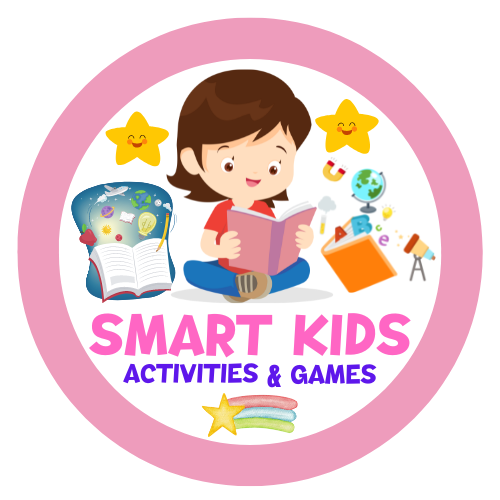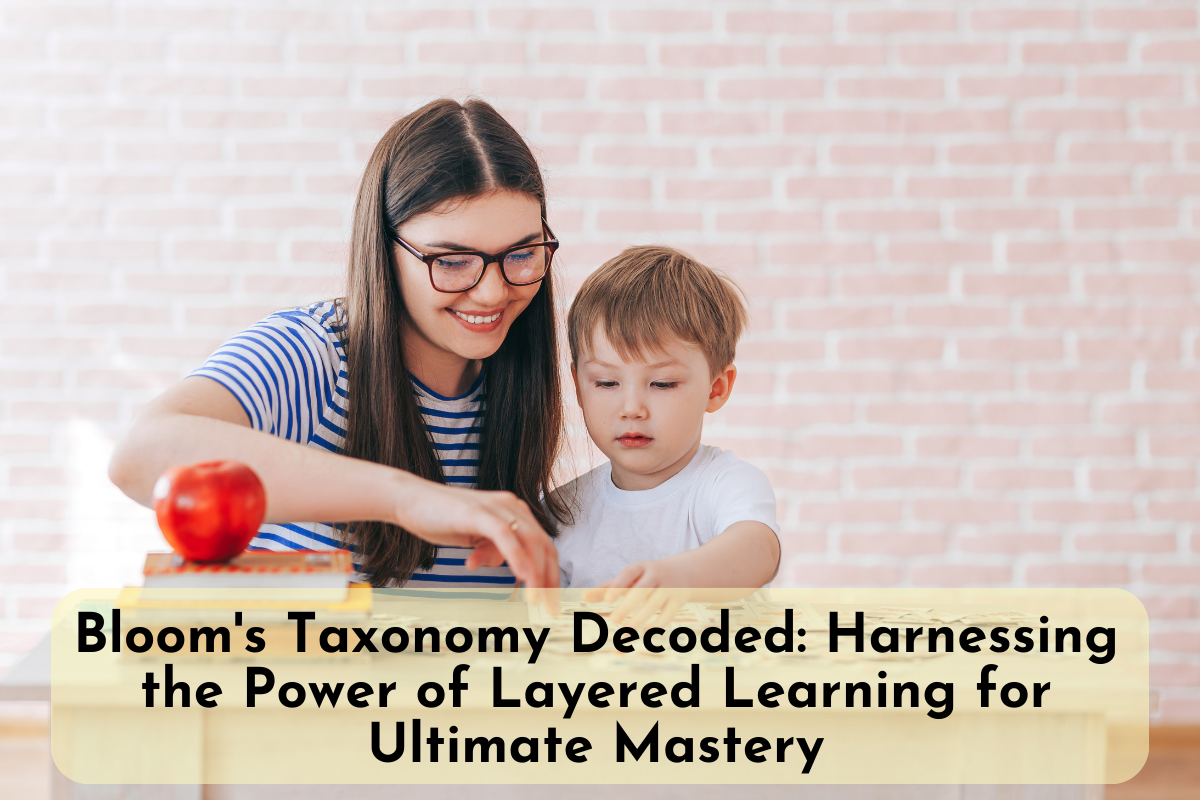Learning is a journey that involves more than just the transfer of information; it’s about fostering a deep understanding and application of knowledge. In this blog post, we delve into the layers of Bloom’s Taxonomy, a framework that has revolutionized the way educators approach teaching and learning. Whether you’re an educator seeking innovative strategies or a curious learner eager to understand cognitive development, join us as we unveil the power and potential of Bloom’s Taxonomy.

Understanding Bloom’s Taxonomy
What is Bloom’s Taxonomy?
Bloom’s Taxonomy, developed by Benjamin Bloom in the 1950s, is a hierarchy of cognitive learning levels that categorizes educational objectives from basic recall to higher-order thinking skills. The taxonomy outlines six distinct levels, each building upon the previous one, to facilitate a comprehensive learning experience.
5 Creative Ways to Engage Your Students in the Classroom
10 Engaging Activities to Boost Creativity in the Classroom
The Six Levels of Cognitive Learning
- Remembering: The foundation of learning, involving recall of information.
- Understanding: Grasping concepts and ideas to explain or interpret them.
- Applying: Using acquired knowledge in new situations or scenarios.
- Analyzing: Breaking down information into components and understanding their relationships.
- Evaluating: Making judgments based on criteria and evidence.
- Creating: Synthesizing information to generate new ideas or solutions.

Applying Bloom’s Taxonomy in Education
Benefits of Using Bloom’s Taxonomy
Implementing Bloom’s Taxonomy in education fosters holistic learning. It encourages critical thinking, problem-solving, and creativity among students. By addressing different cognitive levels, educators empower learners to move beyond memorization and engage in meaningful application.
Examples of Each Cognitive Level in Practice
- Remembering: Reciting historical dates.
- Understanding: Explaining the causes of historical events.
- Applying: Using historical knowledge to analyze the impact of events on society.
- Analyzing: Comparing and contrasting the effects of different historical events.
- Evaluating: Assessing the significance of historical events based on evidence.
- Creating: Developing a hypothetical scenario based on historical outcomes.
Strategies for Effective Implementation
Tailoring Instruction for Different Levels
Adapting teaching methods to match the cognitive level of the topic enhances learning. For lower levels, use mnemonic devices and visual aids, while for higher levels, encourage debates, case studies, and real-world projects.
Promoting Critical Thinking Through Bloom’s Taxonomy
Ask open-ended questions that challenge students to analyze, evaluate, and synthesize information. Foster a classroom environment where curiosity and exploration are encouraged.
Bloom’s Taxonomy in Modern Learning Environments
Incorporating Technology and Interactive Learning
Leverage digital tools, simulations, and online platforms to engage students across various cognitive levels. Interactive content encourages active participation and problem-solving.
Collaborative Projects and Group Activities
Assign group tasks that require students to work together, combining their individual skills to achieve complex learning objectives. Collaboration nurtures creativity and peer learning.

Evaluating Learning Outcomes Using Bloom’s Taxonomy
Designing Assessments for Different Cognitive Levels
Craft assessments that align with the targeted cognitive level. Utilize multiple-choice questions for remembering, and essays or presentations for evaluating and creating.
Measuring Deeper Understanding and Application
Assess not only factual knowledge but also the ability to apply concepts in novel scenarios. Evaluate how well students analyze, synthesize, and draw conclusions.
Challenges and Tips for Success
Overcoming Common Implementation Challenges
Challenges may include time constraints and resistance to change. Address these by gradually integrating Bloom’s Taxonomy and offering professional development for educators.
Tips for Integrating Bloom’s Taxonomy Successfully
Start small, focusing on one cognitive level at a time. Provide clear learning objectives, offer guidance, and celebrate students’ progress and achievements.
Download free activities and teaching resources Click Here
Conclusion
Bloom’s Taxonomy transcends rote memorization, guiding educators and learners toward a deeper understanding of knowledge. By embracing its layers, we empower ourselves to think critically, solve problems, and create innovative solutions. As you embark on your learning journey, remember that mastering learning is a step-by-step process that leads to meaningful growth and success.


